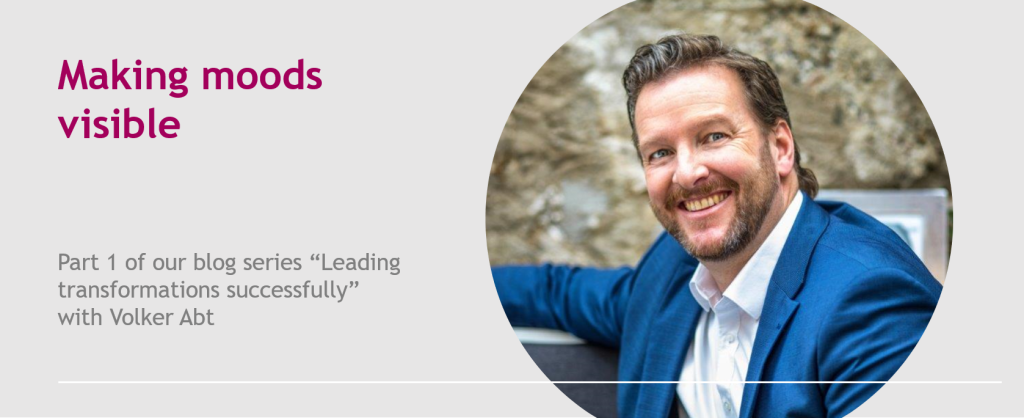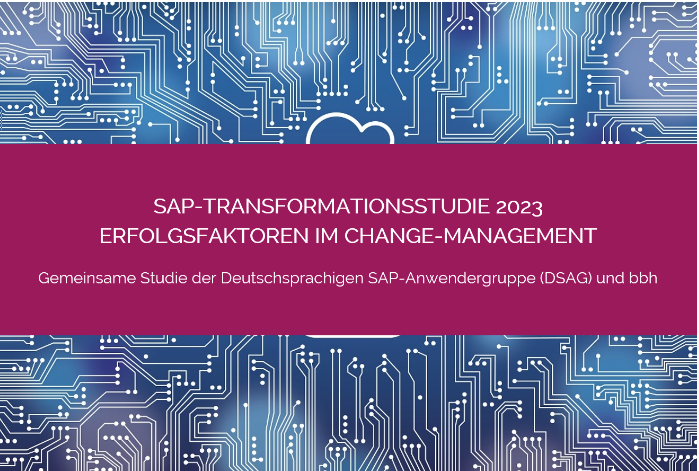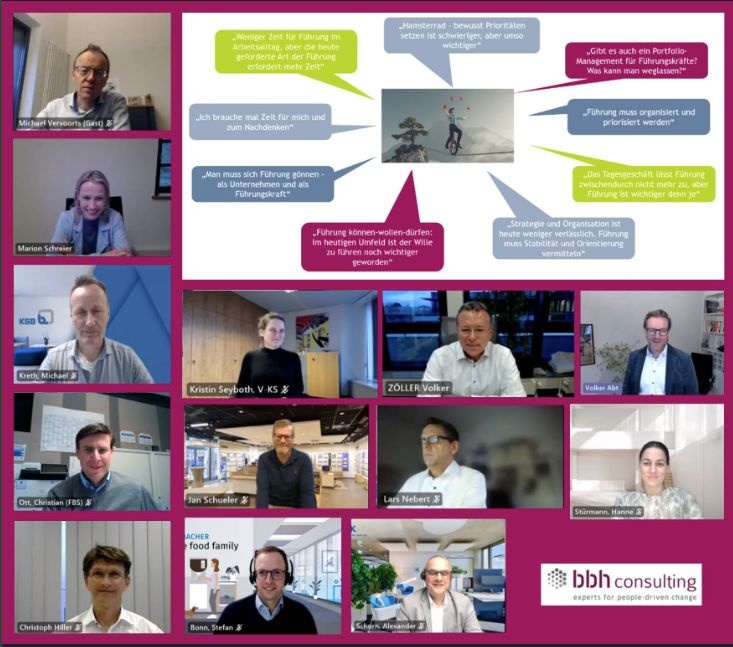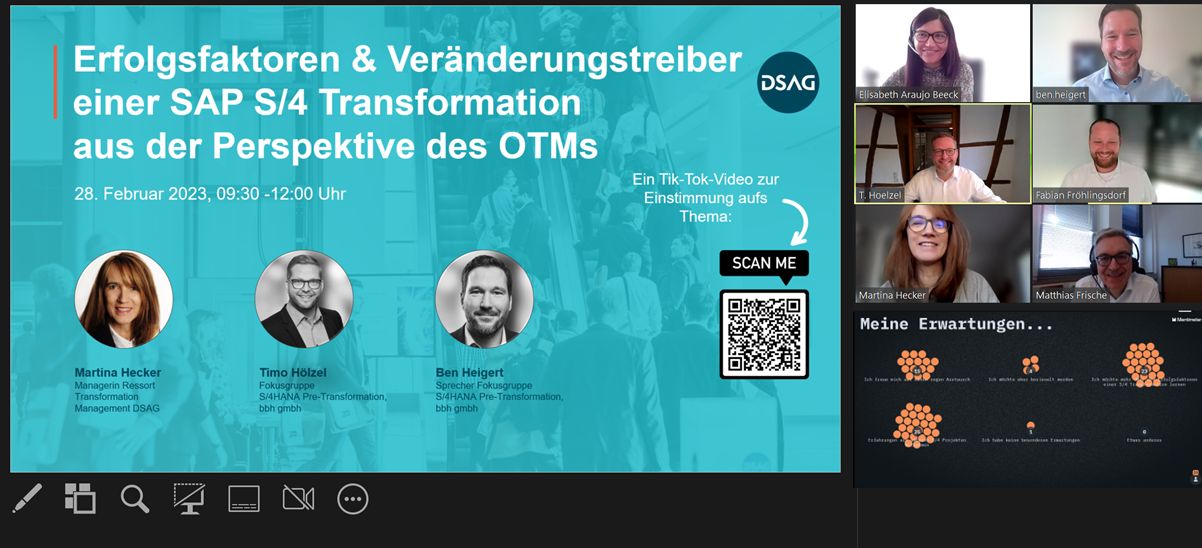Leading transformations successfully – Start of the bbh blog series

Change is a stable part of every leader’s professional life. Nonetheless, we consistently observe that change projects are not realized within the planned budget, timeline or quality despite the given experience of leaders.
With our new blog series we will introduce learnings and approaches on how transformations can be led successfully and positively. With short and (hopefully) inspiring articles, we will share ideas, thoughts and experiences that we have gained with numerous projects and through the scientific examination of the “people change” topic.
Background: strong dissatisfaction with transformation projects
Change management and project management skills are part of every leader’s job profile. It is well known that the involvement of employees as well as regular information and communication are important and that resistance is also to be expected during change processes.
Despite the increasing awareness for this matter, we still experience strong dissatisfaction in companies regarding how change is realized across all levels. This dissatisfaction is not usually caused by the “WHY“ of an initiative but by the perception of the “HOW.“ A comprehensible “WHY“ is a requirement for a successful transformation, but it is not sufficient. Aside from the content-based design, the “HOW“ is critical to success – paired with a strong focus on emotional intelligence. While the management of projects has become more and more routine throughout the last years, the human-emotional component is still difficult to realize.

An explanation for the neglection of human-emotional aspects could be that the established management doctrine still rationalizes everything. Communication methods and content still mostly appeal to ratio and traditional models like the Kübler-Ross change curve suggest that mood trajectory is normal and acceptance will come naturally at some point. This leads to exactly the problem that emotional-intelligent aspects are not fostered properly and are left to chance.
Of course, we have to admit that these aspects are more difficult to steer since there is no “patent remedy“ or a project management methodology for human thinking, feeling and behavior. However, there are many possibilities to consciously plan, steer and prepare so as to not leave a transformation to chance. For this, we will present different approaches in our blog series.
Preview: Coming up in our blog series
Part 1 of our blog series looks into the matter of “How to make moods visible”. Our managing partner Volker Abt shares his experiences and provides pragmatic advice.







